8 key facts to know about endometriosis
This ‘invisible’ condition affects 1 out of 10 people who menstruate.
Updated on August 25, 2023

Extreme cramping, heavy bleeding, and digestive issues: They're all just part of a typical period, right? Not exactly. They could be signs of endometriosis.
Endometriosis is often described as an "invisible" disease because the signs may mimic those of other health conditions. And because endometriosis is tied to the menstrual cycle, many people simply assume it’s… Show More
Extreme cramping, heavy bleeding, and digestive issues: They're all just part of a typical period, right? Not exactly. They could be signs of endometriosis.
Endometriosis is often described as an "invisible" disease because the signs may mimic those of other health conditions. And because endometriosis is tied to the menstrual cycle, many people simply assume it’s something they have to deal with every month.
But endometriosis (sometimes known as endo) is more than just a rough period. With endometriosis, the tissue that typically lines the uterus—also known as the endometrium—grows outside of the uterus. Endo patches typically find their way to the ovaries, fallopian tubes, and pelvic organs. In some cases, they grow on the intestines and bladder, and in rare cases, even the lungs. These patches go through the same monthly cycle as the uterine lining, developing and then shedding.
“Endometriosis can cause chronic pain and significant scar tissue in the pelvis, which can affect quality of life,” says Meghan Smith, MD, an OBGYN with Nashville Fertility Center in Tennessee. Here, Dr. Smith offers insights about endometriosis.
Show Less
Endometriosis Is More Than Just Bad Cramps
“Every month when you have your period, your body expels the endometrium that lines your uterus,” says Smith. "When you have endometriosis, the tissue that grows outside of the uterus bleeds, too, and can cause significant pain and cramping."
But because the endometrial tissue outside the uterus… Show More
“Every month when you have your period, your body expels the endometrium that lines your uterus,” says Smith. "When you have endometriosis, the tissue that grows outside of the uterus bleeds, too, and can cause significant pain and cramping."
But because the endometrial tissue outside the uterus doesn’t have any way to exit the body, it becomes trapped in the pelvic cavity and may lead to swelling, cysts, and scar tissue. This can also create adhesions, which could cause your organs to stick together.
If you’re missing school or work because of period pain, that’s not typical and could indicate a bigger issue, says Smith. “Mild cramps are common,” she says, “but if they require more than over-the-counter pain medication, you should see a healthcare provider (HCP). Cramps that interfere with your daily life are another red flag.”
Depending on where the endometrial lesions are located, Smith says, people with this condition may experience pain with sex, urination, and bowel movements. Some also develop:
- Fatigue
- Diarrhea
- Constipation
- Nausea and bloating similar to irritable bowel syndrome (IBS)

Endometriosis Affects 1 In 10
Endometriosis is a common condition, affecting about 10 percent of people assigned female at birth—or approximately 190 million worldwide—according to the World Health Organization. It most commonly appears in your 30s and 40s, but can occur any time after you start your menstrual cycle.
Doctors… Show More
Endometriosis is a common condition, affecting about 10 percent of people assigned female at birth—or approximately 190 million worldwide—according to the World Health Organization. It most commonly appears in your 30s and 40s, but can occur any time after you start your menstrual cycle.
Doctors and researchers involved with reproductive health issues believe that the numbers are higher, because many cases go undiagnosed. The symptoms can be broad and vague, overlapping with many other conditions. Plus, those affected may not seek medical care right away. They may normalize their pain, assuming they’re just someone who gets “bad periods.”
Show Less
Diagnosis Can Be Tricky
Receiving a diagnosis for endometriosis can be a long process. In fact, research shows that it can take between four and 11 years.
One issue is that period pain is often simply considered “normal.” Another issue is that pain doesn't always correspond to the number, size, or location of the endo… Show More
Receiving a diagnosis for endometriosis can be a long process. In fact, research shows that it can take between four and 11 years.
One issue is that period pain is often simply considered “normal.” Another issue is that pain doesn't always correspond to the number, size, or location of the endo patches. Some people with few patches may have the most severe pain, while those with many areas of endometriosis growth may have minimal pain.
To help diagnose endometriosis, a healthcare provider (HCP) will discuss your symptoms with you, particularly where they occur and how often. They may then try a series of tests including a pelvic exam, an ultrasound scan, or magnetic resonance imaging (MRI).
“Symptoms and ultrasound findings often provide enough evidence to tip doctors off, at which time they may begin treatment,” says Smith. In some cases, however, a surgical procedure called laparoscopy will be necessary to make a definitive diagnosis. In laparoscopy, a small incision is made in the abdomen and a tiny camera is inserted to examine areas of concern.
Show Less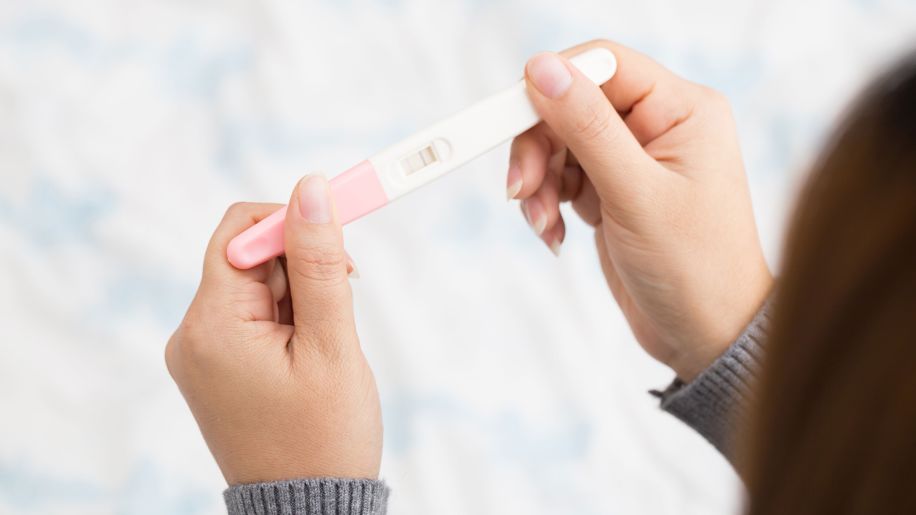
Endometriosis May Contribute To Infertility
Those with endo are more likely to have difficulty conceiving. According to a study in the Journal of Assisted Reproduction and Genetics, between 30 and 50 percent of women who have endometriosis deal with infertility.
Smith says there are a few theories on how endometriosis and infertility are… Show More
Those with endo are more likely to have difficulty conceiving. According to a study in the Journal of Assisted Reproduction and Genetics, between 30 and 50 percent of women who have endometriosis deal with infertility.
Smith says there are a few theories on how endometriosis and infertility are related:
- The lesions and scar tissue from endometriosis may impair the fallopian tubes’ ability to pick up the egg and transfer it to the uterus.
- Inflammation caused by endometriosis may disrupt fertilization or cause the lining of the uterus to be less receptive to implantation.
- Ovarian tissue may also be damaged if you have surgery to remove endometriosis patches, affecting ovulation.
Fortunately, endometriosis does not necessarily lead to infertility. Those with endometriosis can and do have children—it just may take longer and they may need to be monitored. Assisted reproductive technology (ART), or fertility treatments, may be recommended by your OBGYN or reproductive endocrinologist.
Show Less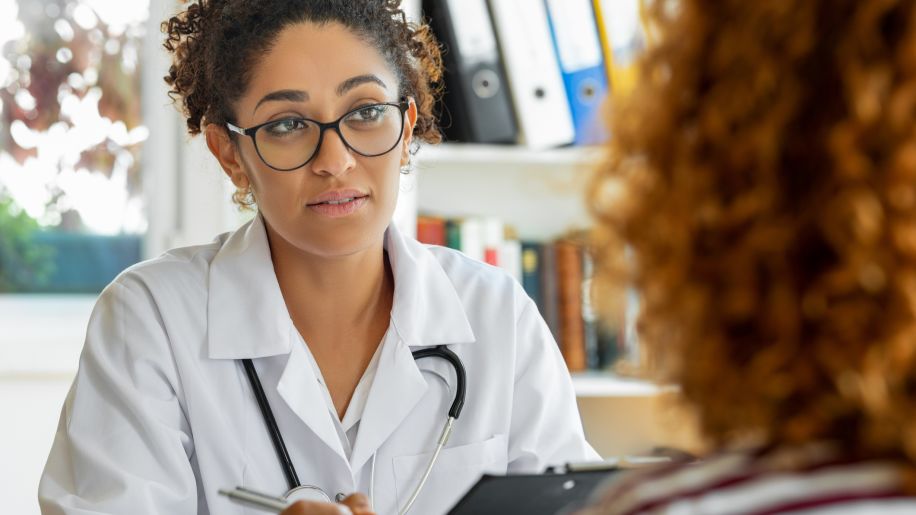
Endometriosis Is Associated With Cancer
Endometriosis is associated with a greater risk of several types of cancer. A 2021 study in the International Journal of Obstetrics & Gynecology found increased risk among participants with endometriosis for endometrial, ovarian, and breast cancers (6 percent, 4 percent and almost 2 percent,… Show More
Endometriosis is associated with a greater risk of several types of cancer. A 2021 study in the International Journal of Obstetrics & Gynecology found increased risk among participants with endometriosis for endometrial, ovarian, and breast cancers (6 percent, 4 percent and almost 2 percent, respectively). The authors noted that a few factors increase risk, including advanced age, postmenopausal status, larger amounts of endometrial tissue, and length of time with the condition.
A 2021 meta-analysis in the journal Human Reproduction Update of 49 studies looked at the association between endometriosis and cancer. Researchers found a higher risk of ovarian, thyroid, and breast cancers, though the overall increase in risk is still low relative to women in the general population.
Smith stresses that while studies show an association with ovarian cancer, endometriosis is not precancerous. “There are no clear recommendations that you should get screened for ovarian cancer if you have endometriosis,” she says.
Show Less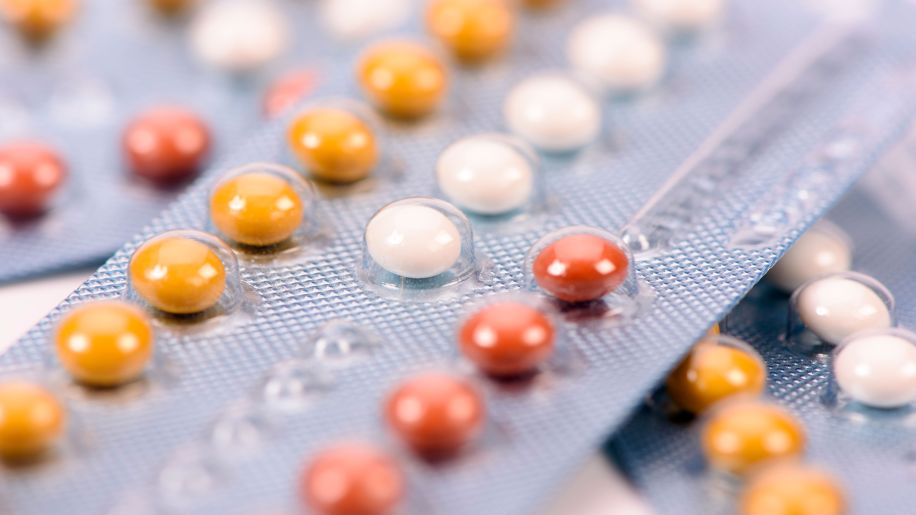
While there is no cure for endometriosis, there are different treatment options. It can depend on whether or not you are planning to become pregnant. It’s important that you talk with your OBGYN about the option that’s best for you.
Hormonal contraceptives are often the first line of defense… Show More
While there is no cure for endometriosis, there are different treatment options. It can depend on whether or not you are planning to become pregnant. It’s important that you talk with your OBGYN about the option that’s best for you.
Hormonal contraceptives are often the first line of defense against endometriosis (and painful periods, too). These include oral birth control pills, vaginal rings, or birth control patches; progestin- or progesterone-only pills and intrauterine devices; and Danazol, which stops the production of hormones related to menstruation. Since endometrial tissues respond to hormonal fluctuations linked to your period, taking these medications can help relieve your symptoms and pain.
“It keeps you hormonally quiet and you don’t have the buildup of the endometrial lining, or at least not as great of a buildup,” says Smith. “It can prevent you from developing more lesions in the pelvis.”
Gonadotropin-releasing hormone (GnRH) drugs are also frequently used to treat pain. These inhibit production of some hormones and put the body into a menopausal state. One commonly prescribed pill is known as elagolix (Orilissa); nasal sprays and injections are also available. Most GnRH medications are taken for no longer than six months at a time.
Show Less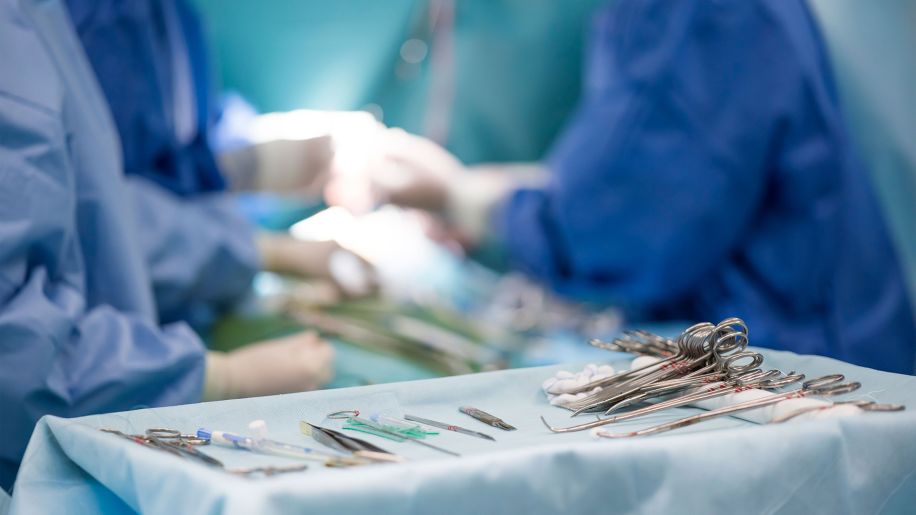
Surgery Is an Option
For those with severe pain who do not respond to medication or other therapies, surgically removing or destroying the lesions and removing scar tissue via laparoscope may help. This is often just a short-term fix. Research suggests that pain may return in 20 percent of patients within two years and… Show More
For those with severe pain who do not respond to medication or other therapies, surgically removing or destroying the lesions and removing scar tissue via laparoscope may help. This is often just a short-term fix. Research suggests that pain may return in 20 percent of patients within two years and in upwards of 40 percent of patients within five years.
“If you still have your ovaries, you’ll still make hormones that cause the pain and cramping,” says Smith.
If other treatment options haven’t helped improve symptoms, a hysterectomy, or removal of the uterus, may be recommended as a last resort. This may be accompanied by an oophorectomy, or removal of the ovaries.
It’s important to know that removing the ovaries induces menopause, which can have an impact on your overall health. People who go through premature or early menopause may experience traditional menopausal symptoms including hot flashes, difficulty sleeping, anxiety or depression, and vaginal dryness. Early menopause has also been associated with a greater risk of bone loss, cardiovascular disease, and cognitive issues, such as difficulty with memory and concentration.
Show Less
Endometriosis Research And Awareness Are Key
Researchers are actively working to understand endometriosis better, to improve diagnostic tools, pinpoint biomarkers in blood and saliva, and identify gene patterns, all of which could help patients get answers and treatment faster.
March has been declared Endometriosis Awareness Month, and… Show More
Researchers are actively working to understand endometriosis better, to improve diagnostic tools, pinpoint biomarkers in blood and saliva, and identify gene patterns, all of which could help patients get answers and treatment faster.
March has been declared Endometriosis Awareness Month, and EndoMarch, a California-based organization hosting marches worldwide, is a coalition fighting for improved research, diagnosis, and treatment for people with endometriosis.
Show Less
World Health Organization. Endometriosis. March 31, 2021.
Bulletti C, Coccia ME, Battistoni S, Borini A. Endometriosis and infertility. Journal of Assisted Reproduction and Genetics. 2010;27(8):441-447.
Dahiya, Alka, Sebastian, Ajit, Thomas, Anitha, George, Rachel, Thomas, Vinotha, Peedicayil, Abraham. Endometriosis and malignancy: The intriguing relationship. The International Journal of Gynecology & Obstetrics. January 8, 2021.
National Institute of Child Health and Human Development. What are the treatments for endometriosis? Reviewed February 2, 2020.
U.S. Department of Health and Human Services. Office on Women’s Health. Endometriosis. Page last updated: February 22, 2021.
Agarwal SK, Chapron C, Giudice LC, et al. Clinical diagnosis of endometriosis: a call to action. Am J Obstet Gynecol. 2019;220(4):354.e1-354.e12.
Kvaskoff M, Horne AW, Missmer SA. Informing women with endometriosis about ovarian cancer risk. Lancet. 2017;390(10111):2433-2434.
Members of the Endometriosis Guideline Core Group, Becker CM, Bokor A, et al. ESHRE guideline: endometriosis. Hum Reprod Open. 2022;2022(2):hoac009. Published 2022 Feb 26.
Li, XY., Chao, XP., Leng, JH. et al. Risk factors for postoperative recurrence of ovarian endometriosis: long-term follow-up of 358 women. J Ovarian Res 12, 79 (2019).
Nirgianakis K, Ma L, McKinnon B, Mueller MD. Recurrence Patterns after Surgery in Patients with Different Endometriosis Subtypes: A Long-Term Hospital-Based Cohort Study. J Clin Med. 2020;9(2):496. Published 2020 Feb 11.
Featured Content

article

article
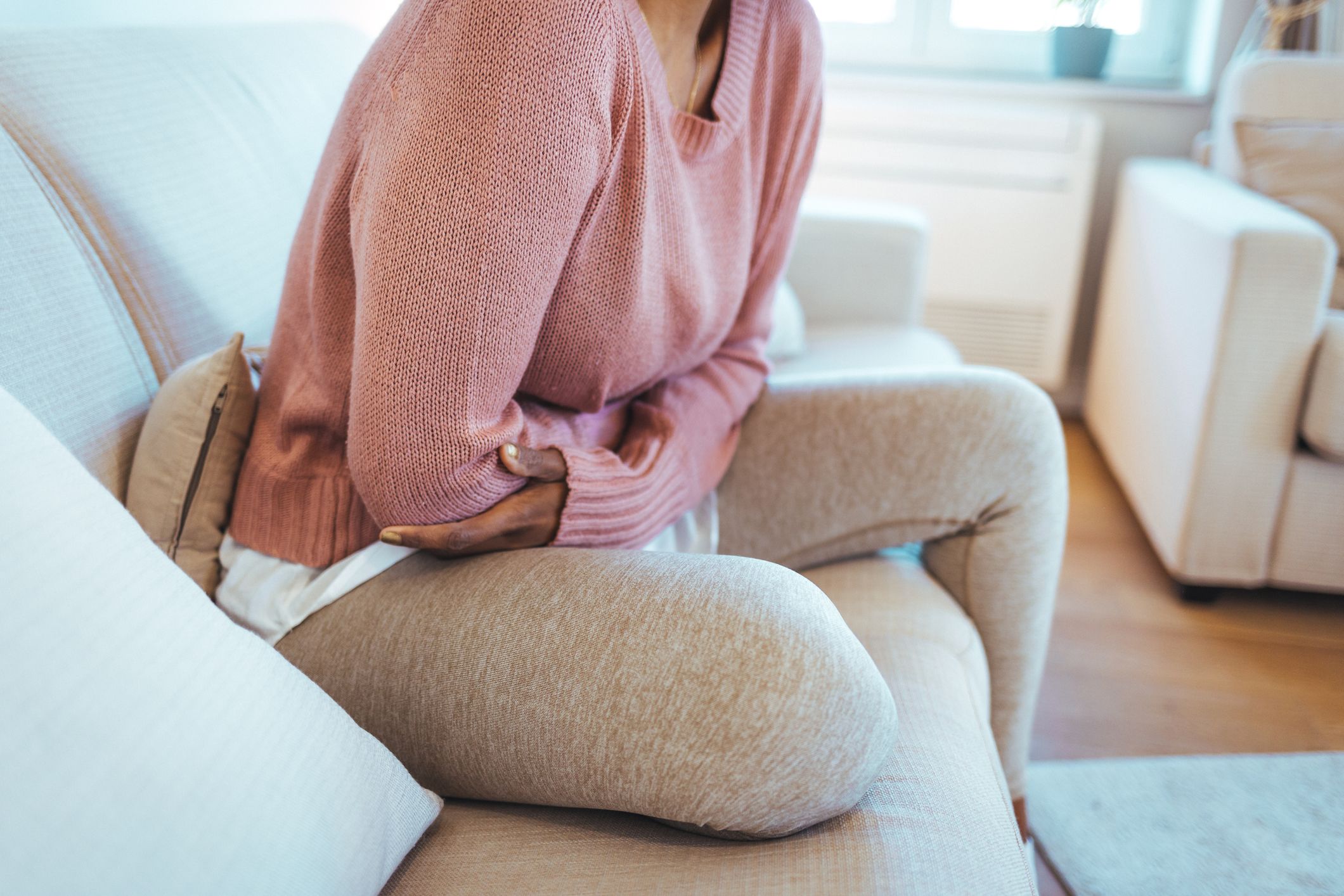
article

article

slideshow
